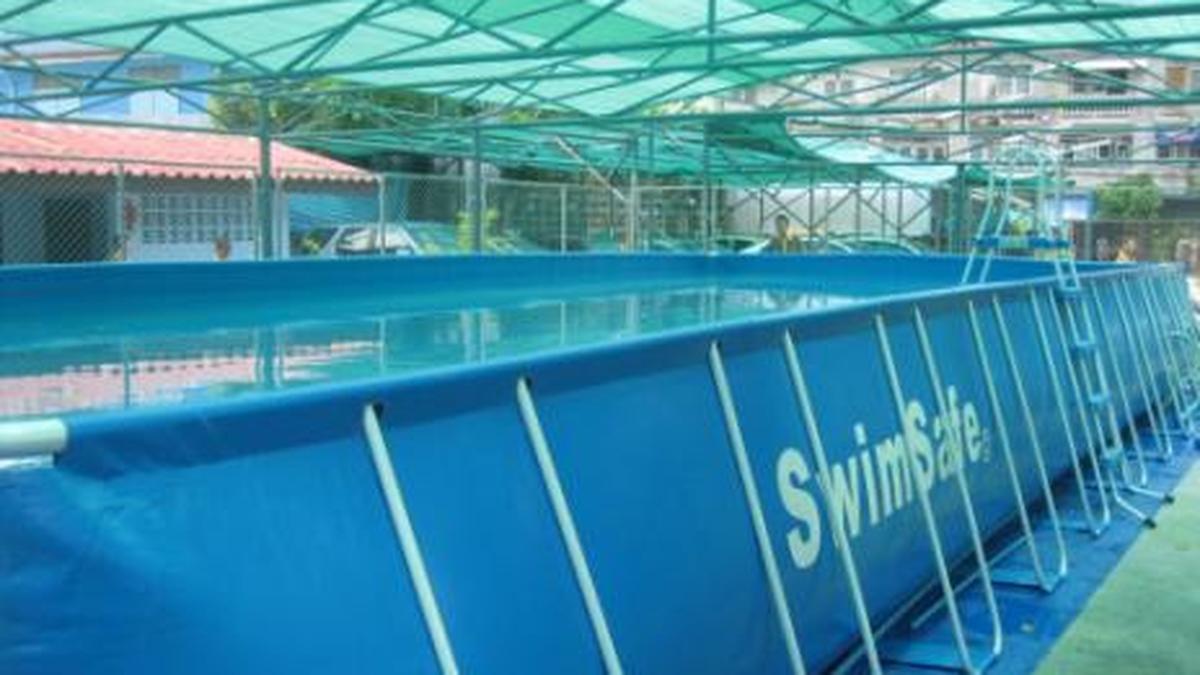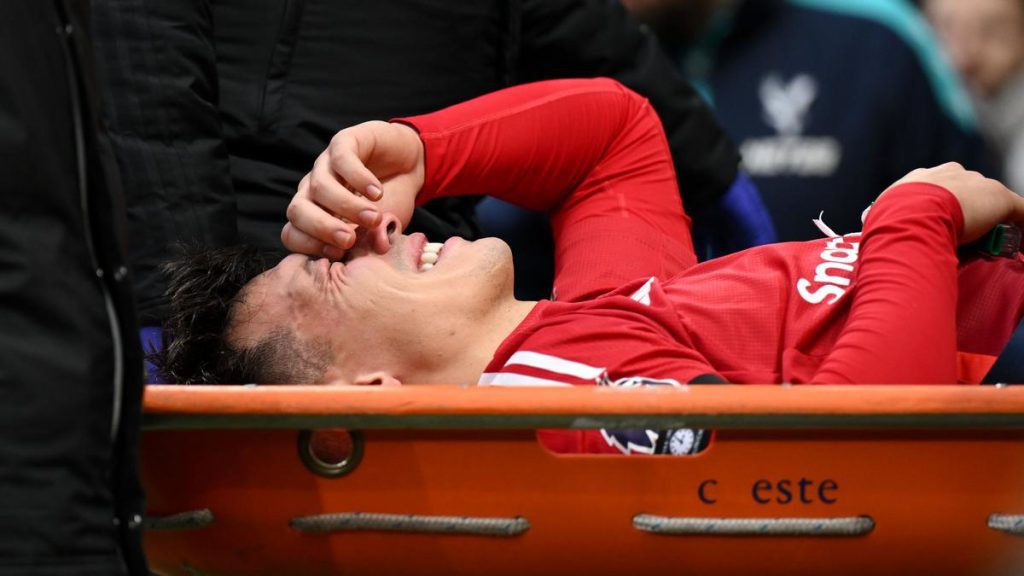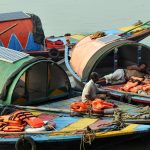Why has Kerala begun survival swimming training for schoolchildren? Premium


Why has Kerala begun survival swimming training for schoolchildren? Premium
For the first time in the country, a World Health Organization-led initiative to impart survival swimming training to children in order to reduce drowning deaths, is taking off in Kerala.
Over the past five years, at least 1,000-1,200 persons have died every year in Kerala by drowning, young children and adolescents constituting a significant percentage of this number.
The hazards of drowning have always been high in the State which has a number of natural water bodies, such as ponds, canals, pools and rivers, apart from a long coast line. Kerala also reports a good number of drowning deaths due to accidents – boats capsizing or children being washed away in swift waters while attempting to cross these, especially during monsoons.
Though the Kerala General Education department has had plans since 2018 to include swimming as part of the school curriculum from primary classes, by constructing mini-swimming pools in schools or using local pools to train children in swimming, it never materialised because of logistics issues, funds shortage and safety issues associated with using natural pools.
Apart from a few local initiatives in some panchayats and summer swimming coaching classes, no plans to teach swimming to children as part of necessary life skills have ever taken off in the State, though child deaths due to drowning continue unabated in the State.
The project, ‘Turning the tide on drowning’ – a school SwimSafe (survival swim training for children) programme, is being piloted in two schools in the capital district by the George Institute for Global Health (India), a WHO Collaborating Centre on Injury Prevention, Trauma Care and Head Injury, with the cooperation of the State General Education Department.
According to the WHO estimates, there were 55,000 drownings in India in 2021, with children and young people (0 to 17 age group) constituting 22% of these deaths.
Teaching swimming and water safety skills to school-age children in the 6-14 year age group is a strategy recommended by the WHO and proven to have reduced drowning incidence in many low-income countries like Bangladesh.
Teaching swimming to children without appropriate safety measures can be dangerous and hence under SwimSafe, children (who do not have asthma, heart conditions, epilepsy or disabilities) are taught in clean, clear, shallow water with highly visible boundaries. Swimming is taught as one component of a formal programme, which includes water safety and safe rescue and knowledge and attitudes to water.
“The SwimSafe initiative is being piloted in two schools, the Government UPS at Ambalathara and Poojappura. We plan to give swim lessons to a total of 300-350 children from both schools, with each child getting two one-hour sessions every week for six weeks. We have already selected four swimming instructors from the community and formally trained them according to our guidelines. We plan to maintain a teacher-student ratio of 1:6,” says Gloria Benny, George Institute, who is coordinating the SwimSafe programme in schools.
“We initially thought of using the local pools, fencing off a portion, reducing the depth and making it safe for children to enter. However, because of the scare over amoebic meningoencephalitis, this idea was dropped. We will now be using portable pools ( the dimensions being 31 ft x 14 ft x 4.33 ft ), so that there are no unknowns and no possibilities of endangering children. We also need not take them out of the school premises, which is another huge advantage,” Ms. Benny says.
The portable pools which can be assembled and dismantled for use in another location, are not just convenient and cost-effective, they resolve the problem of identifying a safe local pool to train children in. Portable pools have been used with remarkable success in Vietnam for the SwimSafe programme.
SwimSafe teaches children the important precautions they should follow when entering water and the water environment awareness they should have when dealing with unfamiliar water bodies.
They are taught three breathing skills (put face in water, submerge and blow bubbles, hold breath and exhale in submerged position); 10 swimming skills (walking in water, floating in water with and without support, push- glide-kick etc), two survival competencies (swim 25 metres using any recognisable stroke and to float for 30 seconds). They are also taught three basic rescue techniques – rescuing another with a pole, rescuing others using pole and rope from the edge of a pond and rescuing others by throwing floating objects.
SwimSafe initiatives in Bangladesh, Thailand and Vietnam have demonstrated the potential of training in swimming and water survival skills can be an important public health intervention, WHO says. It has provided robust evidence that children who are able to swim 25 metres and tread water for 30 seconds have lower fatal drowning rates in low- and middle income countries.
“It is true that many young children may not achieve this skill level within the six weeks time frame but the basic swimming skills can always be improved. What is more important is the core knowledge and survival skills training that they receive on how they can keep themselves safe in water – like staying afloat if they fall accidentally into a water body,” Ms. Benny says.
She says that the trainers’ training, which was done by expert swimmers from the Royal Life Saving Society of U.K., had turned out to be a refreshing experience for the swimming instructors here, most of who were not aware of the different methods to train children or the survival skills. RLSS trainers demonstrated the many ways in which a child can be taught to swim – not all children are comfortable with the face- down-and-breathing style in water. They are taught to float and to swim face up. Also, children are to be taught how to come up with face above water and float, if at all they fall accidentally into water.
Apart from the swimming coaches, two teachers from the schools who had basic swimming skills were also out through RLSS training
SwimSafe is expected to be piloted in the Kerala schools in the first week of February.










